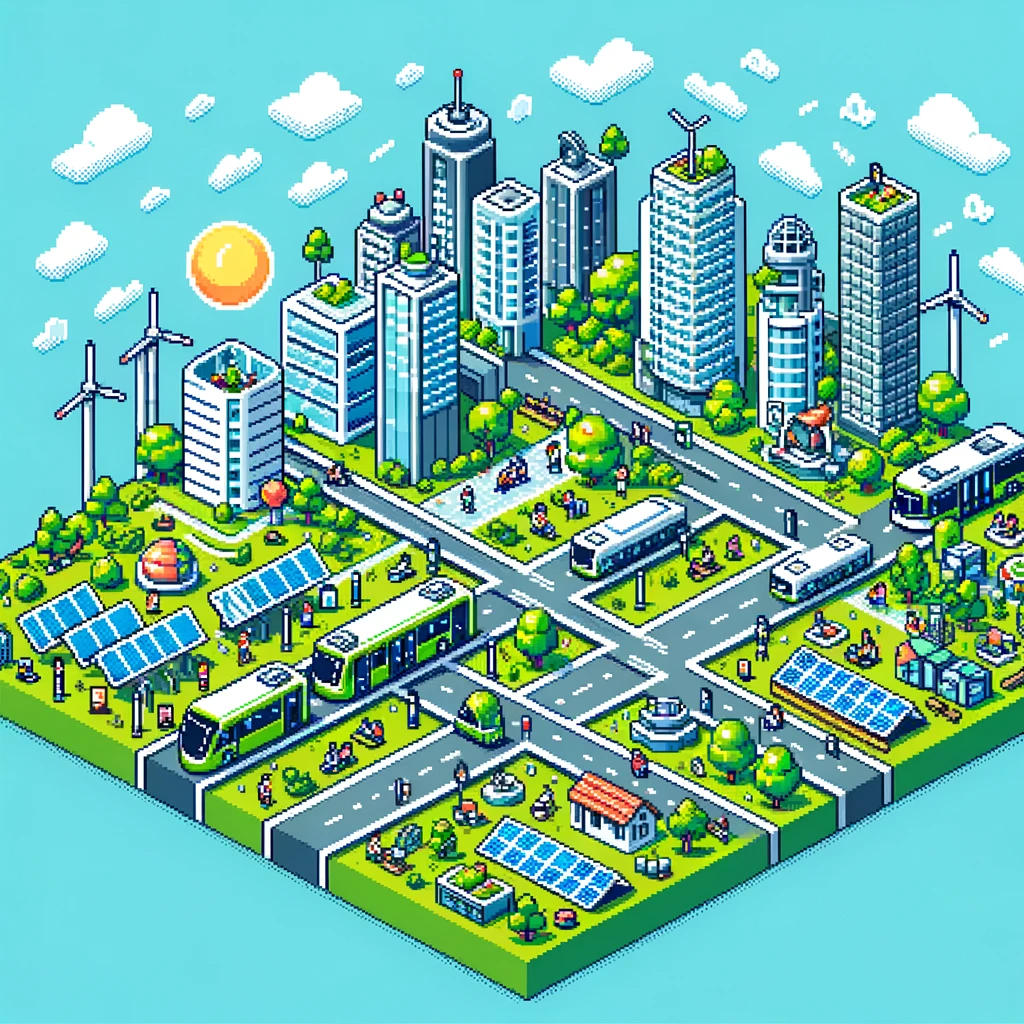
Sustainability in Smart City Definitions: A Pathway to Urban Transformation
In the bustling heart of our rapidly growing urban landscapes, the concept of “smart cities” has emerged as a beacon of hope and innovation. It promises a future where technology and data integrate to make cities more sustainable, efficient, and livable. But what does this mean? And how do sustainability and smart cities intertwine? The article The Concept of Sustainability in Smart City Definitions published in the Frontiers in Built Environment seeks to unravel these questions.
What Is a Smart City?
A smart city uses digital technology to improve the quality of life, efficiency of urban services, and competitiveness while ensuring that it meets the needs of present and future generations in terms of economic, social, environmental, and cultural aspects. However, despite the increasing popularity of smart cities, there is a lack of clarity around the term due to numerous definitions existing in literature.
The Three Pillars of Sustainability
Sustainability is traditionally built on three pillars: environmental, economic, and social. The environmental dimension focuses on conserving natural resources and reducing pollution. The economic dimension fosters innovation and growth while ensuring the city’s financial stability. The social aspect emphasizes equity, well-being, and inclusivity.
Environmental Sustainability
Cities consume over 75% of natural resources and are responsible for a vast majority of carbon emissions. Smart cities address these issues by implementing green technologies, optimizing resource consumption, and reducing waste.
Economic Sustainability
As technology rapidly evolves, smart cities are becoming hotbeds for economic development and innovation, offering new business opportunities and improving city management.
Social Sustainability
Smart cities are about people. They aim to enhance quality of life, improve public services, and ensure that all residents can access the benefits of a connected, efficient urban environment.
The Role of Technology in Smart Cities
At the heart of the smart city concept is Information and Communication Technology (ICT). This includes everything from the Internet of Things (IoT) which connects everyday objects to the internet, to big data analytics that helps city managers understand patterns and improve decision-making.
Challenges and Opportunities
While the concept of smart cities is promising, it has challenges. These include ensuring citizen privacy, bridging the digital divide, and integrating these technologies into the complex fabric of existing cities without widening social inequalities.
A New Definition for a New Era
Considering the diverse perspectives on smart cities, the article proposes a new definition focusing on the harmonious integration of technology with economic, social, and environmental objectives. This new definition emphasizes the importance of adapting to local contexts and ensuring that technological advancements benefit all layers of society.
Conclusion
As we step into the future, smart cities offer a promising pathway to sustainable urban development. By integrating technology with a holistic approach to environmental, economic, and social challenges, we can create urban spaces that are not only more efficient and productive but also more inclusive and livable.
To truly capitalize on the potential of smart cities, policymakers, technologists, and citizens need to work together toward a shared vision of sustainable urban life. Only then can we harness the full potential of smart cities to create a brighter, more sustainable future for all.
Explore, Learn, and Grow with Science:
Step into the realm of discovery with This Week in Science! Tailored for both educators and science enthusiasts, our newsletter offers a weekly exploration of groundbreaking research and inspiring stories from the scientific community. By subscribing, you’re not just reading – you’re expanding your horizons in teaching and learning. Join us for free and start a journey that reshapes your engagement with science, fostering a more informed and passionate approach.



